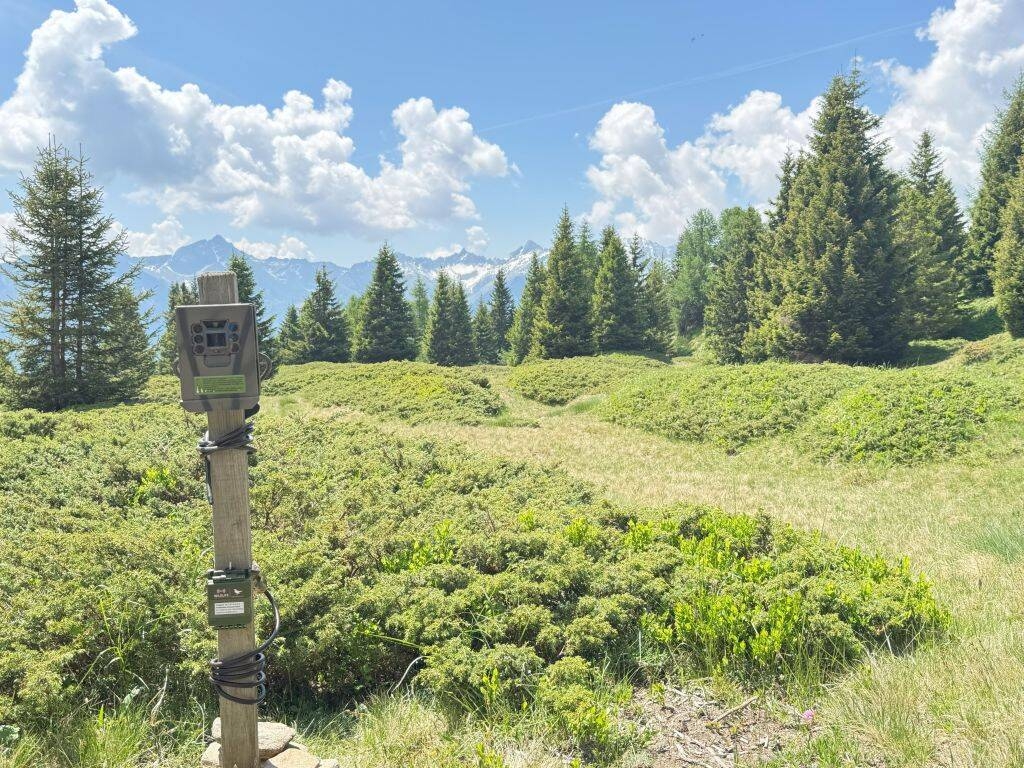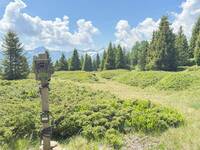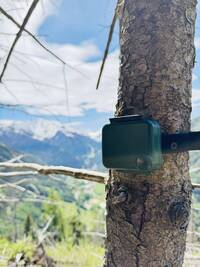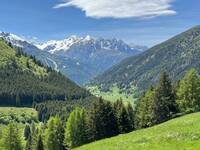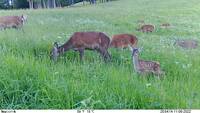Acoustic sensors and camera traps will monitor the soundscape of selected forest areas in Trentino and Lombardy to investigate how human activities are transforming it.
This is the goal of the WildSOUND project, coordinated by the Fondazione Edmund Mach and funded by the European Union under the Marie Skłodowska-Curie Actions. The project aims to study the impact of anthropogenic noise on Alpine wildlife, in particular on red deer, roe deer and chamois.
WildSOUND is part of the activities of the Animal Ecology Unit of the FEM Research and Innovation Centre, which for several years has been studying how Alpine ungulates respond to ecological and environmental factors, including human disturbance.
Data will be collected on a large scale in Val di Non, Val di Peio, Valle del Tonale and Valfurva, with the support of the Stelvio National Park (Trentino and Lombardy sectors). These areas differ in their level of exposure to human disturbance. The data collected will be used to measure noise levels and reconstruct the soundscape of these valleys. These values will then be compared with information on human presence, such as proximity to towns and roads or the intensity of outdoor activities.
The objective is to understand how soundscapes – and their progressive transformation due to traffic, tourism and urbanisation – influence the presence and behaviour of wildlife, but also human well-being.
Sounds generated by human activities become “noise” when they disrupt ecosystems, triggering reactions in animals. This may include changes in their usual ranges, altered behaviours, or even physiological effects (such as increased movement linked to higher energy expenditure or elevated stress levels). Similar responses can be observed in humans: the search for rest in natural areas is often tied to the need for “silence” or a “natural soundscape” (such as birdsong, wind, or rain).
“Every ecosystem has its own acoustic identity,” explain Virginia Iorio, project coordinator, and Francesca Cagnacci, head of the Animal Ecology Unit. “Animals rely on it to navigate, communicate and avoid predators. Altering this balance can have invisible but profound effects, including on our own well-being. With this project we want to shed light on these changes, using the tools of technology and science.”
Link to the project website
https://wildsound-ita.netlify.app

